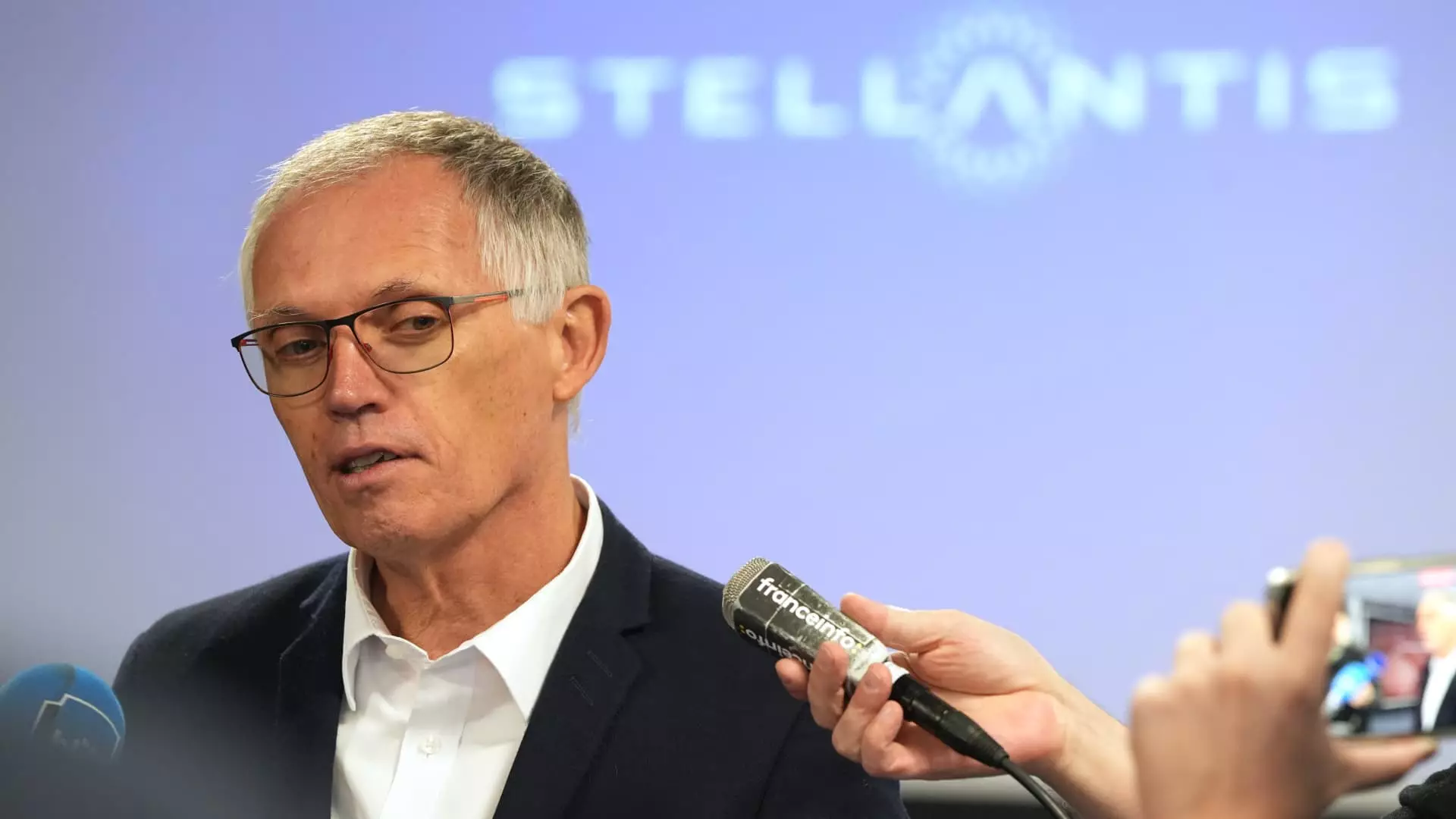In a surprising turn of events, Carlos Tavares, the chief executive officer of Stellantis, has resigned, signaling potential instability at one of the world’s largest automakers. This decision was officially announced on a recent Sunday, and it comes in the wake of growing differences between Tavares and the company’s board of directors. This article examines the implications of Tavares’ departure, the circumstances surrounding it, and what the future may hold for Stellantis.
Stellantis, the parent company of brands including Jeep, Dodge, and Peugeot, has acknowledged that Tavares’ resignation took effect immediately, a move that raises eyebrows considering the speed at which the decision was made. According to Henri de Castries, Stellantis’s senior independent director, the resignation stems from “different views” that emerged between Tavares and the board. While the specific nature of these differing perspectives remains undisclosed, it suggests potential strategic disagreements that may have affected the company’s direction.
Tavares had previously announced plans to retire by early 2026, with the expectation that a successor would be chosen by the end of 2024. This unexpected resignation, occurring just two months later, indicates a potential crisis in leadership that may catch investors and employees off guard. The board has begun the process for finding a new CEO, with interim leadership going to John Elkann, the chairman of the board.
Tavares’s tenure has been marked by significant challenges, particularly regarding the company’s financial performance. Stellantis, which resulted from the merger of Fiat Chrysler Automobiles and PSA Groupe in 2021, was once seen as a beacon of profitability in the automotive sector. However, in recent months, the company has encountered a series of setbacks, particularly in the crucial U.S. market, which has historically been its main revenue driver.
Despite efforts to streamline operations and cut costs—including a reported 8.4 billion euros ($9 billion) in savings since the merger—Stellantis has failed to meet market expectations. The company lowered its annual revenue targets in September, just a month before announcing a shocking 27% decline in third-quarter revenues. This decline was exacerbated by a 20% fall in global vehicle sales when compared to the previous year.
One of Tavares’s key strategies involved aggressive cost-cutting measures, which included reducing the workforce and restructuring operations globally. Between December 2019 and the end of 2023, Stellantis shed approximately 47,500 positions, resulting in a 15.5% drop in workforce levels. While these measures helped to maintain profits in certain areas, they have also raised concerns among employees, unions, and even dealers about the sustainability of Stellantis’s operations.
The United Auto Workers (UAW) union, representing workers at Stellantis, has publicly criticized Tavares for these job cuts. With layoffs and production cuts significantly affecting the workforce, the union has intensified calls for Tavares’s removal. These labor disputes reflect a broader tension within the organization, where cost reductions have been interpreted as detrimental to the employee base, impacting morale and productivity.
As Stellantis embarks on the search for a new CEO, the company faces a crucial juncture. The next leader will need to navigate the complex landscape of the automotive industry, marked by shifting consumer preferences towards electric vehicles, rising competition, and ongoing supply chain challenges stemming from recent global disruptions.
Investors and stakeholders may be concerned about the current state of leadership and whether the outgoing CEO’s strategy will continue to be implemented or if a new path will be charted. The board’s statement that it has begun the search for a successor suggests an urgency to restore confidence in the company’s strategic direction and operational effectiveness.
The resignation of Carlos Tavares from Stellantis marks a significant shift for the company, highlighting the existing strains within its leadership and ongoing performance challenges. As Stellantis aims to regain its footing in a rapidly evolving automotive market, the focus will inevitably turn to how the next CEO will address both internal and external obstacles in the pursuit of revitalization. The coming months will be critical in determining whether Stellantis can turn a corner and recover its position as a leading player in the automotive sector.

